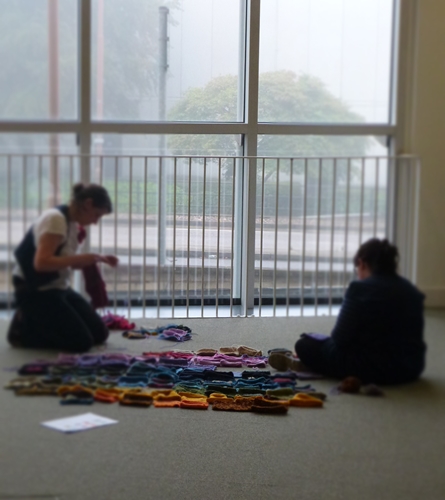Flawed Shawls - Responses to Knitting as Lifestyle
Thank you so much for all the insightful and thoughtful comments to my piece on why I worry we are slowly killing off the craft revival. I am going to highlight a couple of responses and then, perhaps paradoxically, I am going to respond to my own post. Austen wrote about her own personal and professional experiences in Craft/Life and also linked to this fascinating blog post about similar(?) issues in food blogging (skip halfway down for the good bits). Heather took her cues from one of the many Twitter discussions and examined the representation of the Self in everyday knitting. Finally, Ellen wrote quite a meaty response in which she pondered knitting as a subculture.
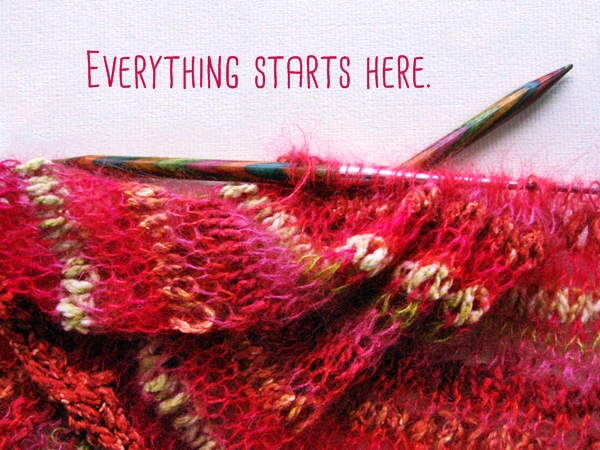
I have been mulling over my own response.
I am not sure where knitting is heading as a community but I worry we are starting to talk way too much about ‘personal brands’ and ‘lifestyle’ instead of talking about the actual things we make. I love the act of making something - seeing something come into existence because my brain and hands made that thing happen - and I love seeing what other people make. Making is an act of story-telling and it is a story so much more powerful than any photo of me holding a branded 'limited-edition' purse with needles sticking out. No, the branded purse photo does not exist but it's the sort of thing I worry we will see emerging on social media a year from now.
(You don't see this happening? That's okay. I don't think I would have felt the urge to write all this if we were already in this place. Like most future predictions, this is all about the paths we choose to take right here, right now.)
So, let's talk more about making things. Make things you love, not because you think you should. Choose to make things because they will bring enjoyment to you in your life. Share the things you enjoy making and do so with pride. Making stuff is not a race and not a competition - everybody's life is different and that is fine. Make only that which is beautiful and useful to you at the pace you find most compatible with the rest of your life. And if making something sucks, it's okay to stop making it even if everybody else thinks it's awesome.
(And if you do not agree with me in any of this, that is sort of the point too.)
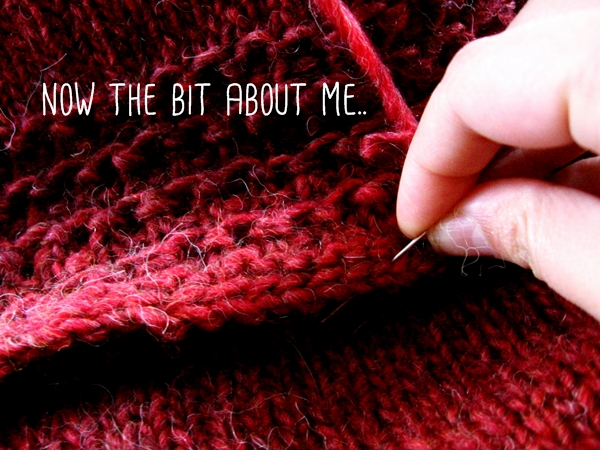
Yes, part of it also comes down to my personal struggle to think kind thoughts of myself. I have a strong streak of perfectionism in me and I never feel like anything I do has any merit (until six months later when I look back and am surprised by how nice something is). And this makes it tough to accept compliments. Louise once said something to me when I was having a bit of a wobble:
We are [all] like the shawl that gets admired and we cannot help but say - "Oh! but there is a hole here that you can barely see. I am showing you this because I made a mistake. Am I not a less accomplished knitter due to this flaw?"
This struck a chord with me because one of my pet peeves is when somebody comes up to me wearing a beautiful shawl they've knitted and then react to my compliment by pointing out all the places they've deviated from the pattern. I tell them to own the shawl they have made, to celebrate their accomplishments as a knitter and as a maker-of-things, and yet I do this knee-jerk self-effacement myself when people say nice things to me. Working on accepting compliments is on my list.
So, when I receive emails talking about "lifestyle branding strategies" - well, it weirds me out a bit. Partly because I am not sure why anybody would want lifestyle commandments from me and partly because I'm not really sure who I am. Life is an on-going process and we all contain multitudes - so why try to pin things down? Why not just throw ourselves into this wonderful mire we call life and try to muddle our way through? And maybe, just maybe, try to make sense of it all by making stuff (creating order from chaos!) and sharing our making efforts with strangers who may/may not become friends?
We are all in this together, flawed shawls and all.


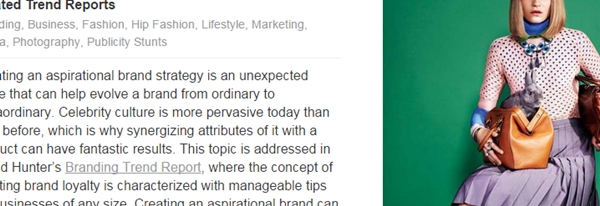
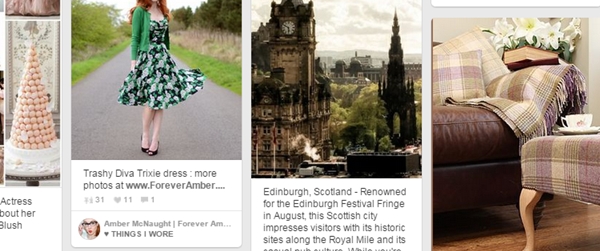
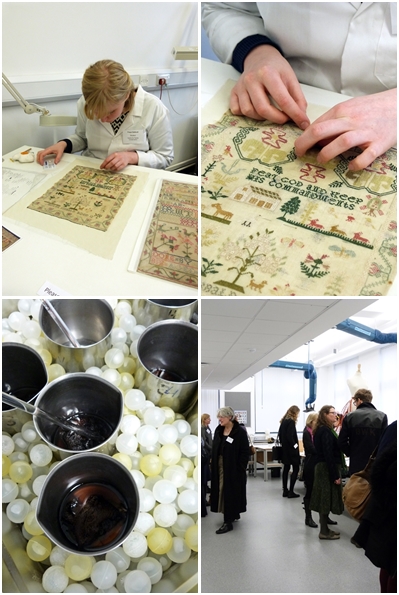 Yesterday I was invited to an event at Glasgow University's
Yesterday I was invited to an event at Glasgow University's  I have been involved with various charity knitting projects in my time. Quite apart from knitting for various projects, I helped out with the Garterstitch100 project which made blankets for women's shelters and I have also been a coordinator for a premature baby knitting project. I have seen both sides of charity knitting and it's been interesting. Recently I came across some thoughtful - and thought-provoking - blog posts on charity knitting.
Ben wrote about
I have been involved with various charity knitting projects in my time. Quite apart from knitting for various projects, I helped out with the Garterstitch100 project which made blankets for women's shelters and I have also been a coordinator for a premature baby knitting project. I have seen both sides of charity knitting and it's been interesting. Recently I came across some thoughtful - and thought-provoking - blog posts on charity knitting.
Ben wrote about 
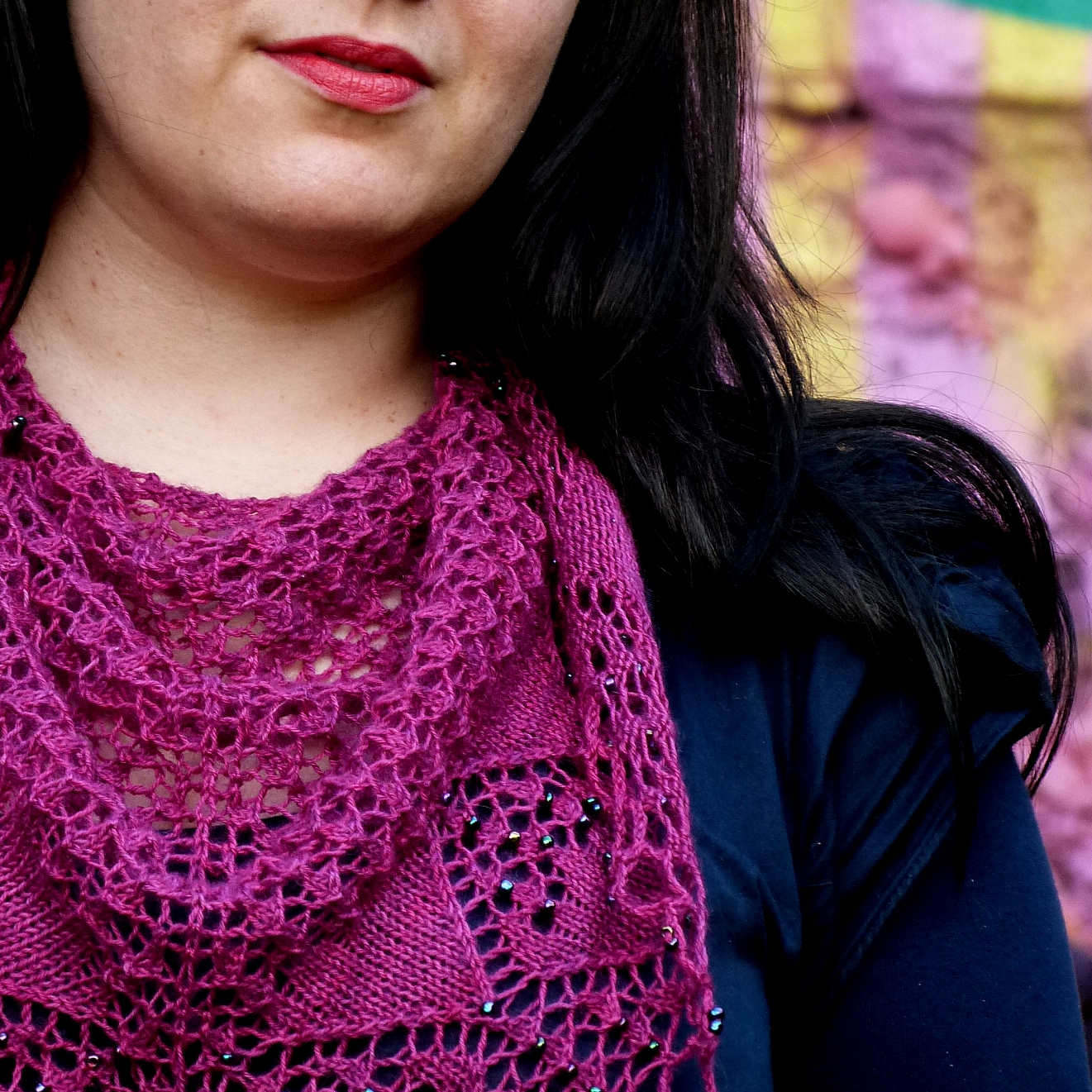
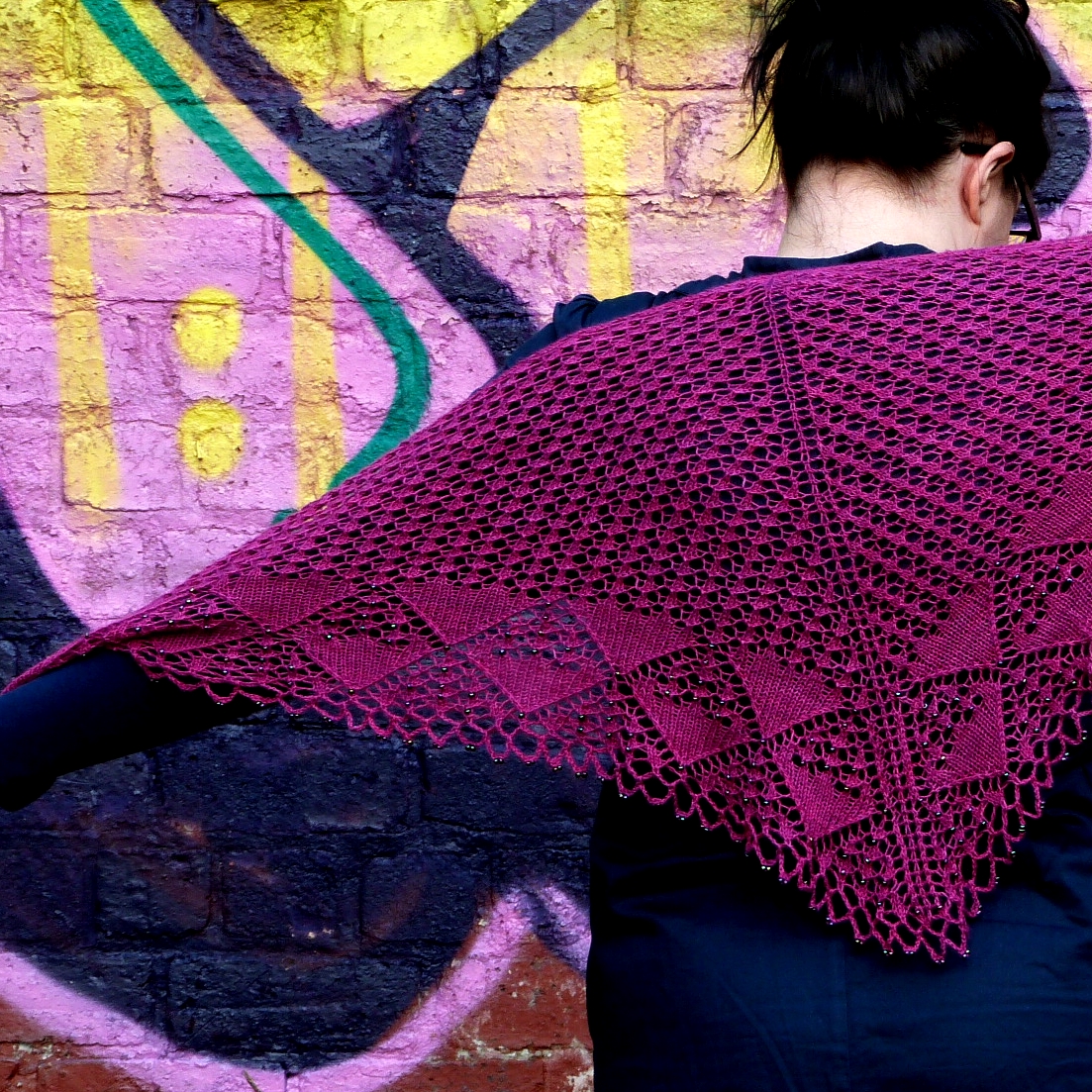 There are a lot of triangles in this pattern - that was a big design decision for me. There are five different types of triangles.
There are a lot of triangles in this pattern - that was a big design decision for me. There are five different types of triangles.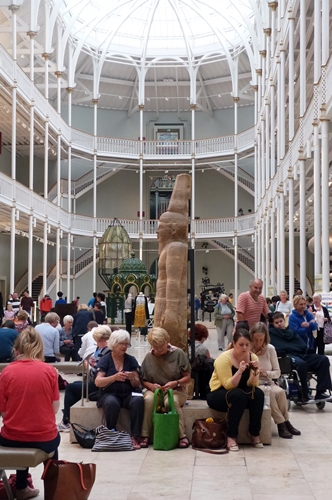 Being of Nordic persuasion, it was perhaps inevitable that I ended up working at Knit Works in Edinburgh this past weekend.
Being of Nordic persuasion, it was perhaps inevitable that I ended up working at Knit Works in Edinburgh this past weekend.